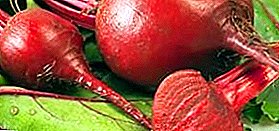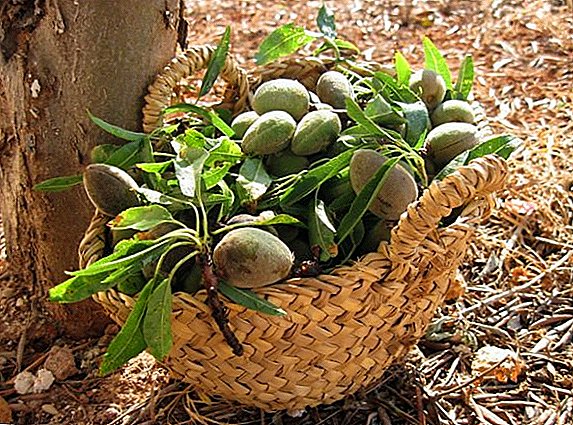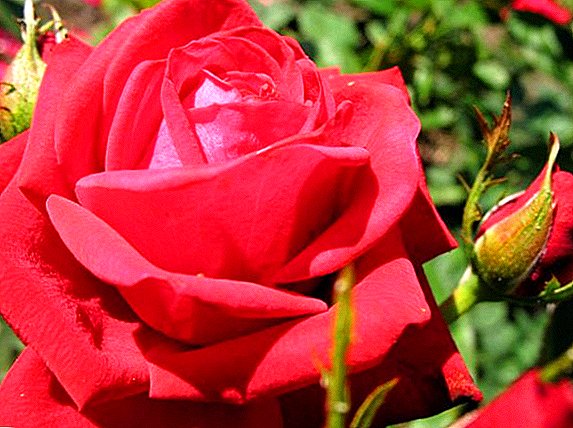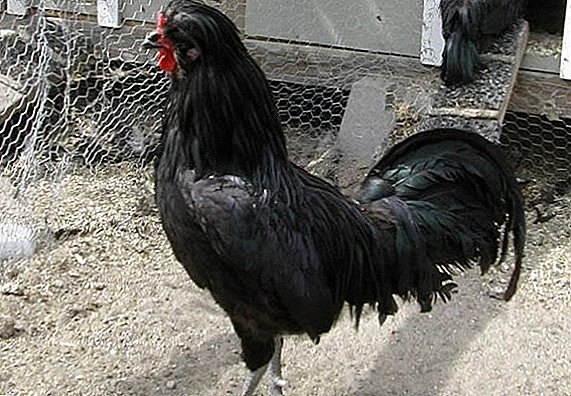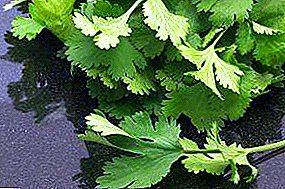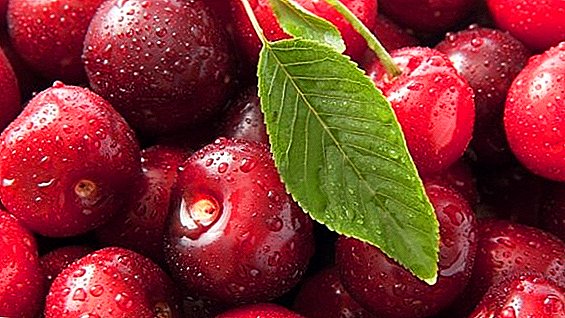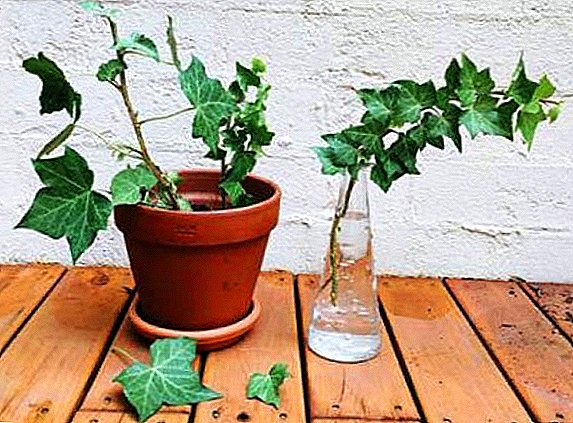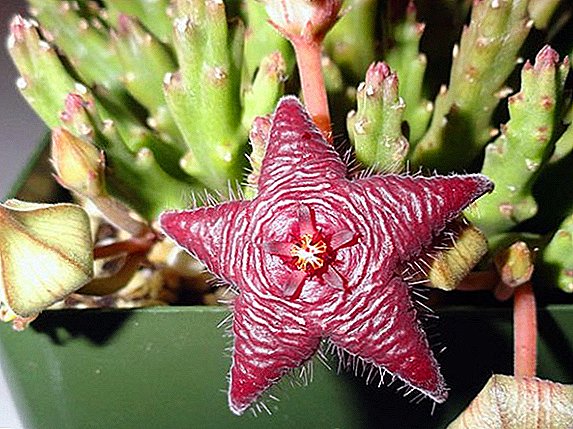
Hibiscus Changeable - a spectacular representative of the Malvova family. Since the mid-19th century is one of the most popular indoor plants.
In this article we consider in detail the botanical description, geographical habitat, history of origin, appearance of the plant.
We learn how to properly care for Hibiscus Changeable, as well as how to grow at home and what kind of breeding is suitable for the plant. And also we will study what pests can damage this plant.
Botanical description
- Other names: crazy rose (rosa loca), lotus tree.
- Latin name: Hibiscus mutabilis.
History of origin
South China is considered the birthplace of the Hibiscus of the Volatilewhere for centuries it was widely used in traditional medicine, as well as in the manufacture of natural dye, ropes and cords. In medieval China, blooming hibiscus acquired a cult status, "responsible" for the strengthening of marriage and business prosperity.
At the end of the 18th century, the Hibiscus mutable first appeared in Europe, and a little later in Russia. The flower began to quickly gain popularity around the world, thanks to its relative simplicity and impressive appearance.
Hibiscus has been grown as a houseplant since 1831.
Appearance
Under natural conditions, Hibiscus Changeable has a height of about 3-4m. Annual gain in height of 35 cm, width 35-40 cm
- The krone is umbrella.
- Upright branched stem, leaves are arranged on long thin petioles, almost vertically drooping with age.
- The leaves are large, velvety (about 25x25 cm), dark green, maple-like in shape, with jagged edges.
- Flowers can be from 5 to 30 centimeters in diameter.
- The fruits of hibiscus - small boxes, breaking up into five wings. Inside - fibrous or fluffy seeds.
At home, hibiscus has a height of 50 cm to 3 meters. Great for making bonsai.
Flower photo
Here you can see photos of hibiscus:





Geography habitat
In a cold climate, Hibiscus mutabilis grows with great difficulty. (most often as a houseplant).
Outdoors it grows freely in tropical regions of China and Asia, in America, Brazil, Africa, and in the Middle East.
Growing at home
Temperature conditions
In the summer months the optimum temperature for hibiscus is: 20-22 ° C.
In winter, it is recommended to lower it to 14-16 ° C. This temperature has a beneficial effect on the formation of flower buds.
Watering
The plant requires high humidity and abundant watering. Water should be separated at room temperature. Too frequent watering for hibiscus is destructive. Each subsequent watering is carried out only after the top layer of the earth becomes dry.
Also recommended daily spraying water. During the flowering period, this procedure is carried out with caution, avoiding contact with flowers.
Illumination
Hibiscus prefers diffused sunlight and heat. The plant is quite shade tolerant, but with a lack of light it develops worse and blooms a little. In the summer, it is useful to take it to a balcony or terrace, taking care of protection from drafts.
Soil composition
- Land - turf, leaf, pine.
- Humus.
- Sand.
- Peat.
- A bit of charcoal.
The soil should be loose, necessary drainage.
Acidity - as close to neutral.
Pruning
 An important event in the care of hibiscus - timely and proper pruning. It is held after floweringin early spring or autumn.
An important event in the care of hibiscus - timely and proper pruning. It is held after floweringin early spring or autumn.
It is dangerous to prune at the end of spring - hibiscus may not bloom in summer.
The first step is to decide on the desired size. and the shape of the plant. Depending on the tastes of the owner or the design of the room, it can be a small neat tree, and a sprawling flowering shrub.
To form a tree:
- Remove the lateral processes of the second generation, leaving several central shoots.
- Shorten the upper part gently by several buds.
To form a shrub:
- On the contrary, pruning the central branch, which will allow the lateral processes to gradually develop into full-fledged stems.
- Leave a few lower buds, remove the central part.
Fertilizers
1 time in 2-3 weeks hibiscus need feeding.
- In the spring the plant needs fertilizers with nitrogen and sodium (alternately), since at this time it is preparing for active growth.
- During the flowering period, water-soluble mineral fertilizers containing phosphorus, iron, potassium, copper, manganese, magnesium, etc. are recommended.
Suitable pot
Capacity is selected individually for each hibiscus, focusing on its condition and appearance. If the plant does not bloom in time, it may be necessary to transplant it into a larger container.
A pot for hibiscus should have a pan, where accumulated water reserves, allowing the flower to easily wait for the next watering.
Transfer
 Young hibiscus transplanted once a year. An adult plant (after 3 years) can be replanted once every 2-3 years.
Young hibiscus transplanted once a year. An adult plant (after 3 years) can be replanted once every 2-3 years.
Regular transplants are carried out with great care, by transferto protect the root system from mechanical damage.
- For 2-3 days before transplantation, the soil should be watered abundantly in order to facilitate the extraction of earthen clod from the former pot.
- Remove the plant from the pot along with the ground. Do not destroy the earth car, visually inspecting the condition of the roots and the degree of development of the soil.
- Remove only the substrate that is not mastered by the root system (top layer).
- Place fresh soil in its place, compact it manually.
- For the first time (until the roots get stronger, and the substrate does not condense enough), you can install a support.
- After transplantation, it is better to water the hibiscus through the pallet in order to speed up the development of the new soil by the plant's root system.
Winter care
- Good ambient lighting at least eight hours a day (fluorescent lamps can be used).
- Temperature is about 14-16 ° C.
- Watering 1 time per week.
- The soil can not be fertilized, but, if it is required by the state of the plant, it is recommended to use phosphorus-potassium fertilizer once a month.
Breeding
Hibiscus can be propagated by seed or cuttings.
Cuttings
Favorable time - from February to April and from July to September.
- Green and semi-woody cuttings with 2-3 internodes are cut from the tops of the youngest growth.
- Cuttings root well after 20-30 days, either in water or in pots under a glass jar.
- When the roots appear, sprouts are transplanted into pots (it is recommended to add bone meal to the soil).
- Pots are installed on the sunny side. It is better to water with a sprayer (so that the soil does not erode).
Seeds
 Favorable time for sowing is from mid-January to April.
Favorable time for sowing is from mid-January to April.
- Hibiscus Changeable seeds before planting soak for 12 hours.
- Moisturize soil, add mineral fertilizers.
- The seeds of the plant Hibiscus Changeable is not too thick to sow.
- Cover the pot with a plastic bag on top to create a greenhouse effect with a temperature of 15 ° C.
Diseases and pests
Insufficient quality and non-systematic care leads to weakening of the plant. and all sorts of diseases:
- the emergence of pests (spider mite, scythe, aphid, etc.);
- fungal diseases;
- abscission of buds and leaves;
- hibiscus stops blooming;
- plant flies and turns yellow.
Similar plants
- Indian hibiscus. Morphologically very similar to Hibiscus Changeable, but differs in light pink petals that do not change color.
- Hibiscus Cooper. A characteristic feature is the variegated foliage combining green with shades of white, pink and yellow.
- Syrian hibiscus. It has large flowers, different shades of scarlet and purple spectrum, but there are two-colored specimens.
- Hibiscus Sour. It is famous for its jagged foliage of deep crimson color, which gives it a unique charm.
- Hibiscus sparkling. The name owes its fancy color flowers, purple and red hues.
Hibiscus Changeable is not pretty picky, but requires regular and thoughtful care.. A conscientious owner will be generously rewarded by many years of inspired life in the shadow of this fantastic plant, which has such a special atmosphere.


